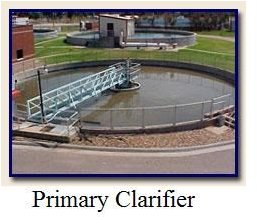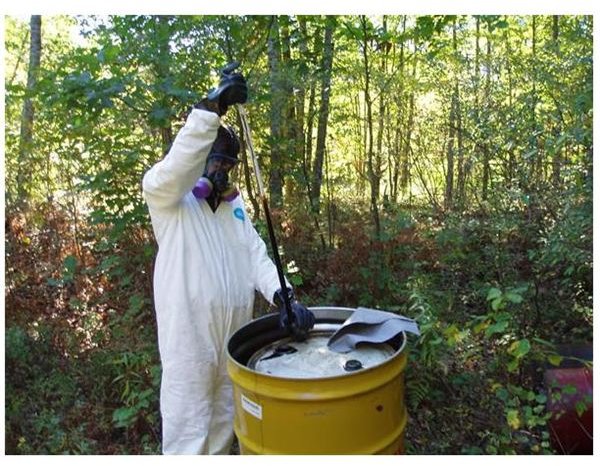Environmental Engineering Includes Air Pollution Control, Water Pollution Control, Hazardous Waste Management, and Water and Waste Water Treatment
What Is Environmental Engineering
Environmental engineering applies principles of engineering and science to improve the environment, control water and air pollution, dispose of solid and hazardous waste, and tackle other issues related to public health. The main goal of this field is to provide a healthy environment for human beings. This field began as sanitary engineering in the mid-1800s as the importance of water treatment and waste water treatment became recognized. In the middle third of the 20th century the field expanded to include broader environmental concerns, like air pollution control and hazardous waste management, and the term environmental engineering emerged to replace sanitary engineering.
This engineering specialization also deals with worldwide environmental issues such as the consequences of acid rain, depletion of the ozone layer, and air and water pollution from industrial sources. Environmental issues have recently commanded a lot of attention due to the threat of global warming. However, the beginnings of environmental engineering existed in the ancient period when aqueducts were constructed by the Romans for the prevention of drought and the creation of a healthy system of water supply.
Solid and Hazardous Waste Management and Disposal
Hazardous wastes are a major concern of environmental engineering. They are a potential hazard for public health, since they may be toxic, radioactive, corrosive, and/or flammable. Hazardous wastes can cause or contribute to the increase of mortality, initiate serious permanent disorders, and when improperly treated can seriously pollute the environment.
Hazardous wastes can exist in various forms, such as solids, liquids or gases, and depending upon their nature, treatment will be carried out accordingly. However, it may not be possible to treat some types of wastes. Up until the recent past, the main method of disposal for hazardous waste was in landfills. This is not a permanent or safe solution, as it was discovered that some quantity escapes into the ground and into the groundwater. Hazardous chemicals can reach water systems, and contaminate the soil used by animals, crops, and communities.
Thus, modern methods of treatment were developed for the disposal of hazardous waste. This includes recycling material into new products, neutralization by which the hazardous elements are eliminated, destruction by incineration, and impounding in a properly designed hazardous waste landfill.
Image Credit: Arch Environmental Group
Water Supply And Waste Water Treatment
To ensure

an adequate supply of clean water, assessment is carried out regarding the water balance in a watershed, requirement of water for various purposes, the seasonal cycles of the movement of water in the watershed, and development of the systems for the storage, treatment and conveyance of water for different uses. Water treatment is carried out so as to make the water fit for human consumption. Efforts are made to ensure that risks concerning transmittal of infectious and other diseases are minimized, flavor of water is good, water pressure is adequate for domestic use, suppression of fire is possible, and availability is ensured for irrigation purposes.
Domestic and industrial waste water treatment is needed to prevent water pollution in receiving streams. Environmental engineering practitioners have developed and improved primary, secondary, and tertiary wastewater treatment processes to provide excellent wastewater treatment.
Image credit: Hays, Kansas Utility Department
Air Pollution Control
Principles of environmental engineering are also applied to the design of manufa

cturing and combustion processes, with the goal being to minimize air pollutant emissions to permissible levels. Several techniques are applied, such as electrostatic precipitators and catalytic converters for the removal of sulphur oxides, particulate matter, and other air pollutants from the flue gases before their emission to the atmosphere.
Air pollution dispersion models have been developed to analyze the strength of pollutants, or their influence on the air quality that is being released from industrial emissions. Thus, efforts are being made to reduce carbon dioxide and greenhouse gas emissions from various processes of combustion.
Image Reference: geograph.org.uk
References
1. American Academy of Environmental Engineers website
2. Anderson, William C. “A History of Environmental Engineering in the United States.” In Environmental and Water Resource History, edited by J. Rogers and A. Frederick. Reston, VA: American Society of Civil Engineers, 2002.
3. Vesilind, P. Aarne and Morgan, Susan M., Introduction to Environmental Engineering, 2nd Edition, Belmont, CA: Brooks/Cole-Thompson Learning. 2004.
